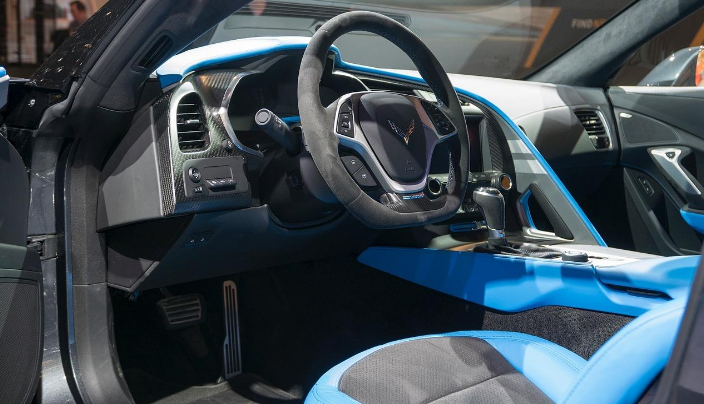Over the years, automotive applications of carbon fiber have been increasing steadily, and manufacturers have been looking into ways in which it can substitute certain parts of vehicles. With the increasingly tight and strict emission standards in both Europe and the US requiring cars and light-duty larger vehicles such as trucks to run more miles per gallon of fuel by the year 2025, the move to substitute steel with carbon fiber seem all the more imperative.
The thing is, mass production is absolutely necessary in the automotive industry, and currently, there’s not a lot of processes that can support high volume carbon fiber manufacturing. But efforts are underway to create hybrid fibers mixing carbon fiber and plastic or glass, so we may soon see an increase in the application of the material in the automotive industry.
Lightweight Construction
Carbon fiber is lightweight, three times lighter, in fact, than steel. It’s also durable, which makes it a very good material to use in cars. A lightweight build in vehicles has the major advantage of an increase in fuel efficiency, which is not only economical, but also more ecological as emissions are reduced when the car reduces its fuel use.
Car Parts and Components
Carbon fiber was initially most notably used in luxury cars and racing vehicles in order to both gain advantage in speed and look sleek and stylish at the same time. But with time, car manufacturers began to realize the benefits of carbon fiber, and it has since then been used on a variety of parts and components of a vehicle. The hood, car body, and even the wheels can all be wrapped in carbon fiber vinyl – all of which contribute to a faster speed with better control. You can even wrap some of the smaller car parts using a diy carbon fiber kit.
Sleek Style
Some car owners prefer performance over looks, others prefer it the other way around, not really caring much about performance as long as the car actually runs. But for those who want to strike a balance between car performance and outward appearances, carbon fiber material is the way to go. Not only is it durable and lightweight enough to enable quick acceleration in your vehicle, it also looks very sleek and polished. This is one of the reasons why carbon fiber products continue to cater to people who value style as well as use.
Used in Electric Vehicles
Electric cars have yet to be the norm the world, but this new breed of cars already do exist. They rely heavily on carbon fiber parts and components, which makes sense considering such parts do back fuel efficiency and therefore increases the car’s battery life. Additionally, the selling point of electric cars is being modern and futuristic, which is more or less the same with carbon fiber. Both technologies, therefore, complement each other, and can only benefit from the other more as the electric car technology and the carbon fiber technology improves over the years.
With the automotive industry relentlessly striving to come up with greater fuel efficiency, lightweight construction, and lower emissions from their vehicles, carbon fiber replacing steel makes perfect sense. It’s three times lighter, almost five times stronger, and twice stiffer with better yield strength compared to steel. With high volume manufacturing soon to be realized, carbon fiber could hopefully soon replace steel as a material for making cars in the future.


